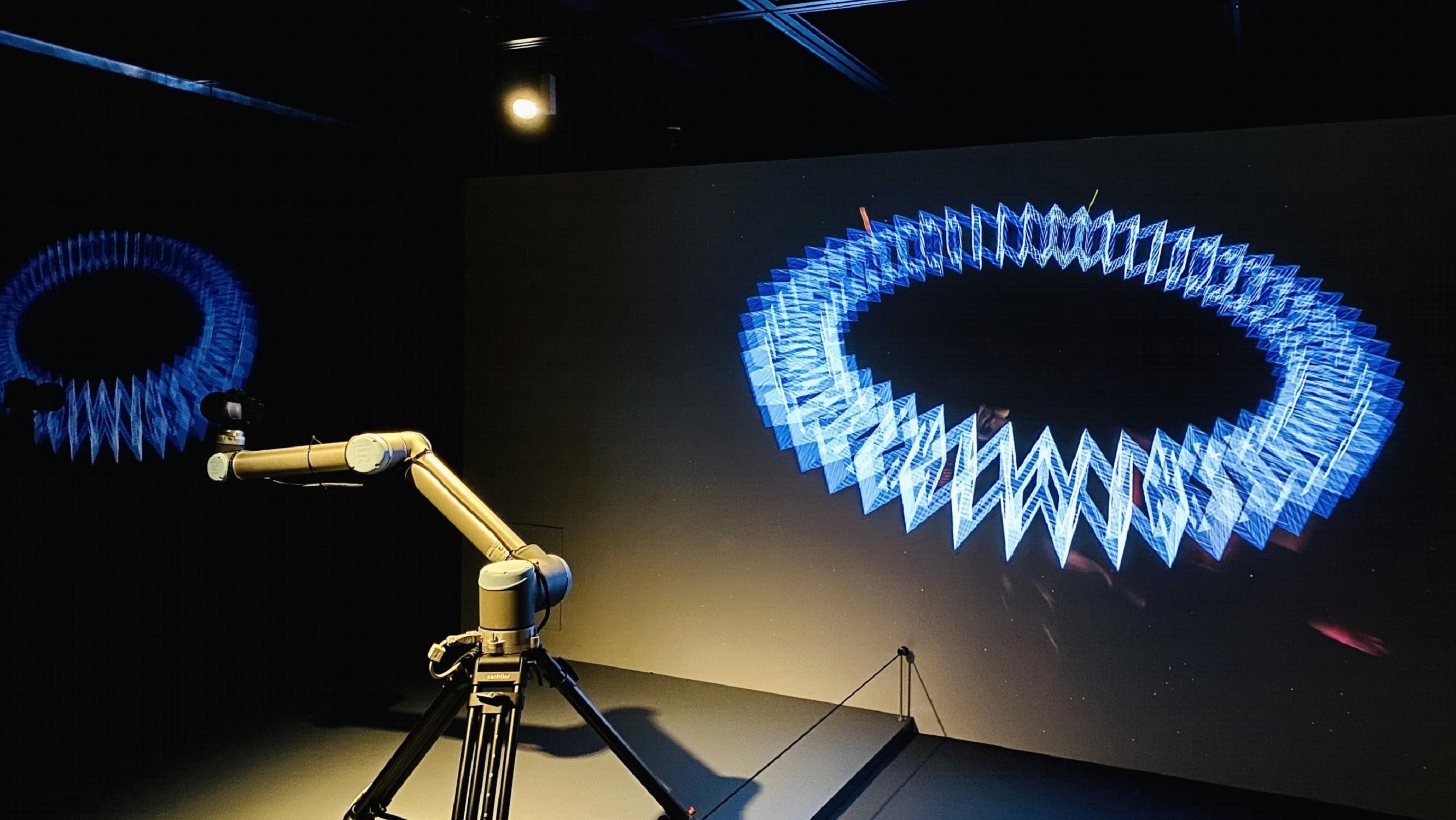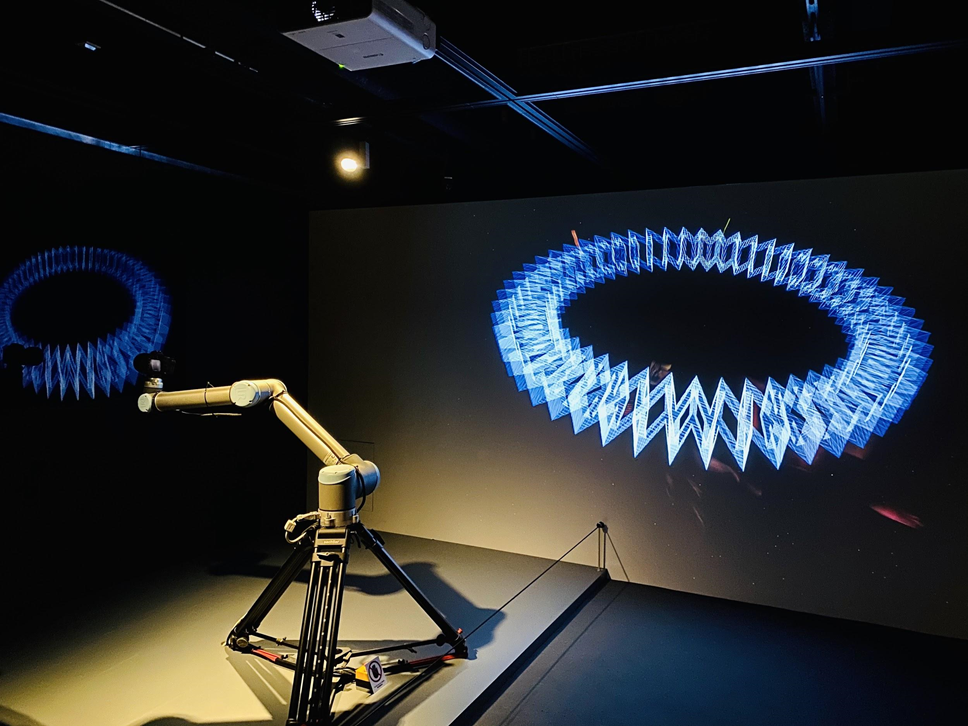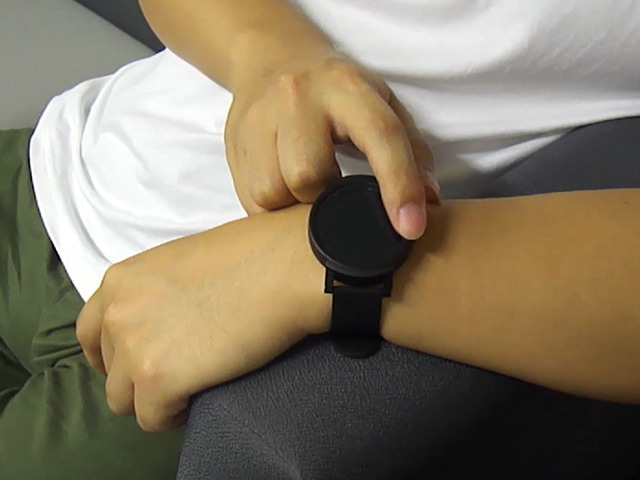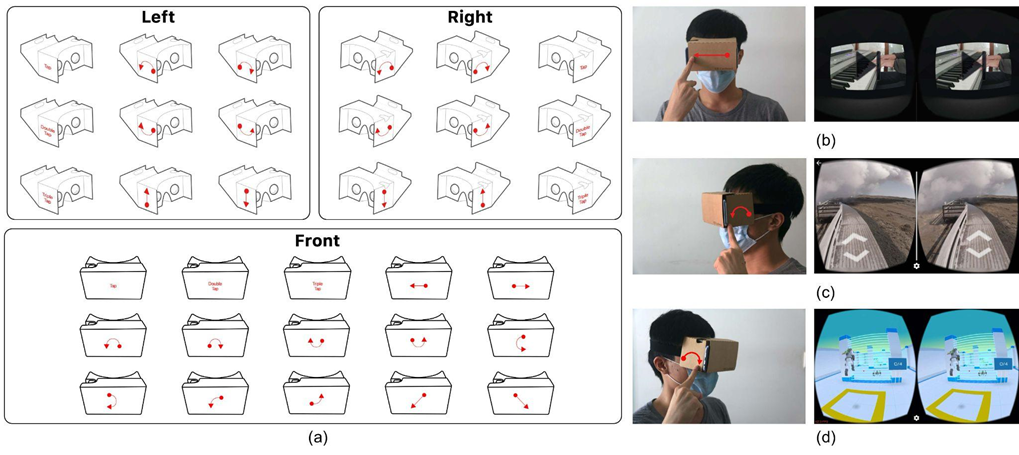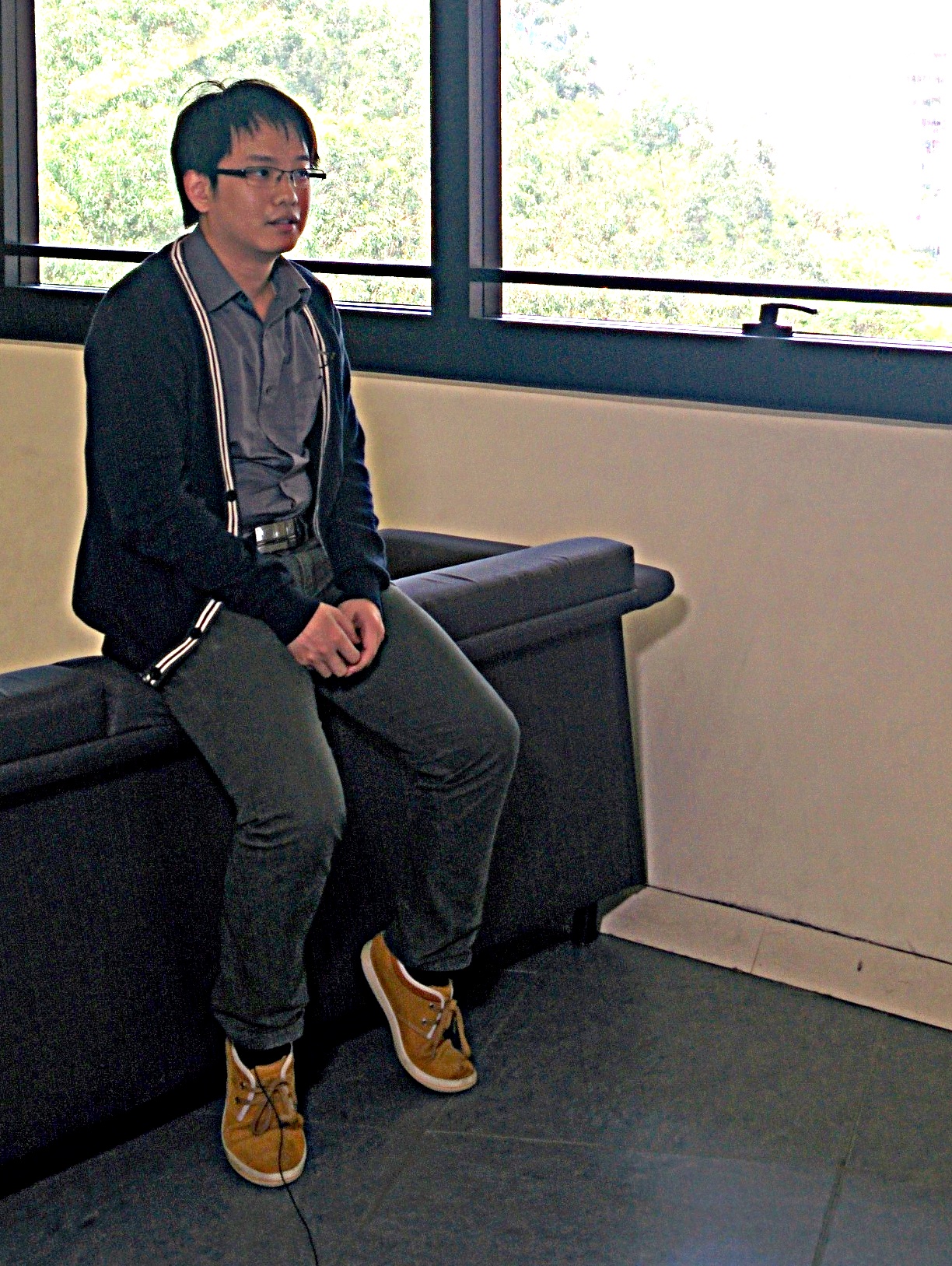ITA: Interactive Technologies for Accessibility is an ACIM Research Cluster spearheaded by Dr. Kening Zhu and Dr. Miu Ling Lam. The team aims to create new interactive techniques to improve accessibility. The three directors are experts in the fields of computer graphics, human-computer interaction, robotics, computational imaging, and tangible user interfaces.
The research objectives are:
- To develop innovative interactive technologies to help people with various accessibility problems (e.g., children, elderly, people with disabilities, etc.);
- To augment the capability of non-experienced users on professional computational tasks (e.g., rapid hardware prototyping, 3D modeling and animation) through interactive technologies
- To evaluate the task effectiveness and the user experience of these technologies
- To promote social empathy towards in-need communities through art-tech education
This project (ITA 3.0) is to expand and deepen our previous ACIM projects: ITA and ITA 2.0. During the project period (2017 - 2022), we have developed a series of technologies and prototypes to enhance people’s accessibility to digital information, including AR technologies for 3D content creation, smart ring, VR gloves, and white cane with thermotactile feedbacks, tangible programming blocks for visually-impaired children, text-entry technique on the fingertip for smart devices, bezel-initiated swipe interaction for round smartwatches, and so on. With these results, we received external grants with a total amount of over HKD 20 million (e.g., GRF, NSFC, Jockey Club donation, and so on), published over 70 papers, initiated more than 10 patent applications, and presented several art exhibitions.
For ITA 3.0, we propose to promote the social understanding of accessibility and inclusion through art and technology by developing novel art-tech toolkits and deploying art-tech educational workshops to the youth. In addition, we continue to leverage the smart technologies, such as machine/deep learning and smart devices (e.g., smartphones, watches, wearables, sensors, and so on), to improve the life for people with various accessibility problems. We aim to improve the accessibility of digital content through multimodal and embodied interaction, such as hand gestures, body postures, voices, and haptic feedback.
